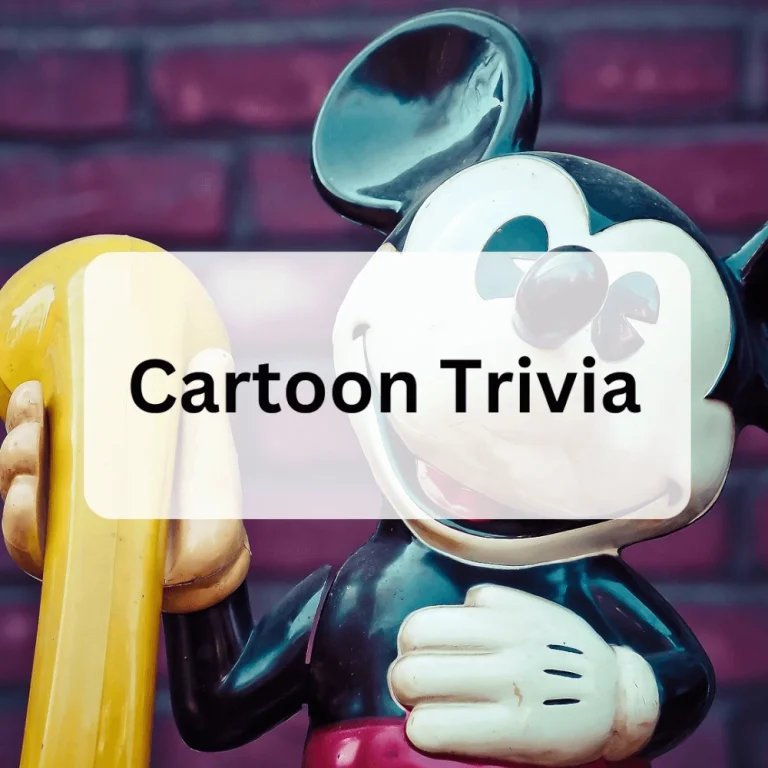78 Brilliant Science Trivia Questions and Answers
Welcome to a captivating journey through science trivia! Delve into the realms of chemistry, physics, biology, and more as we explore fascinating questions and unveil concise answers. From the mysteries of the universe to the intricacies of atomic structure, this collection offers an engaging glimpse into the wonders of science. Prepare to expand your knowledge and test your understanding with this curated compilation of 78 unique questions and answers. Whether you’re a seasoned scientist or an inquisitive mind, there’s something here to spark your curiosity and ignite your passion for discovery. Let’s embark on this adventure through the captivating world of science trivia!
If you like this trivia, check this out:
- History Trivia
- Are you smarter than a 5th grader trivia
- Are you smarter than a 1st grader trivia
- Astronomy Trivia








We’re On A Mission To Prove That Trivia Can Be Both Ridiculously Entertaining And Mind-Bogglingly Educational.
Discover Trivia
49 Country Trivia Questions and Answers
20 Inauguration Day Trivia Questions and Answers (2025)
50 Interesting Sports Trivia Questions and Answers
57 Incredible Wisconsin Trivia Questions and Answers
55 Exciting KPop Trivia Questions and Answers
20 Ultimate Drake Trivia Questions and Answers
50 Interesting Sports Trivia Questions and Answers
49 Geography Trivia Questions and Answers
50 Epic Video Game Trivia Questions and Answers